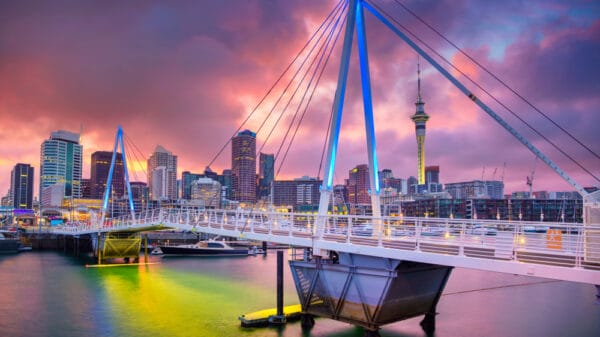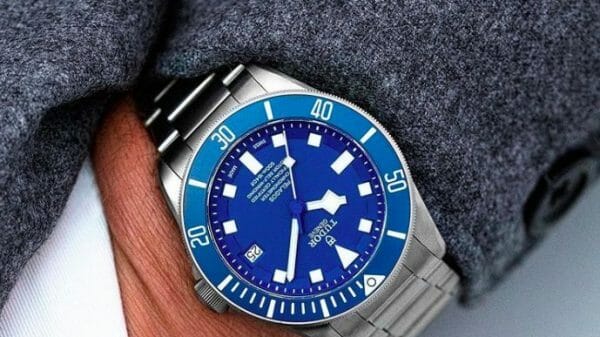During global health crises, there are significant shifts in various fields as priorities and perspectives change. The Global Wellness Institute’s Mid-Year Global Wellness Trends Report for 2021 reflects the impact of recent events on the wellness industry.
The report captures the insights of experts in economics, academia, futurism, and corporate leadership within the wellness economy, valued at $4.5 trillion. Here, we focus on two trends that have direct implications for luxury travel and wellness sectors.
Trend 1: Immunity Travel
The concept of immunity travel has emerged as a distinct category within wellness tourism. Initially, it involved offerings like immune-boosting menus and supplements. However, destinations are now delving deeper into immune health, especially in the context of COVID-19 recovery.
For instance, programs like Buchinger Wilhelmi’s Immunity+ in Germany and Sangha Retreat in China incorporate diagnostic testing to develop personalized treatments targeting immune health. Resorts like Lanserhof offer comprehensive medical wellness approaches for post-COVID care.
The focus has shifted towards immune system balancing, with an emphasis on microbiome health and cellular-level bioresilience. Technologies such as hyperbaric oxygen therapy and microbiome therapy are gaining prominence, underlining the importance of gut health in bolstering immunity.
Research institutions worldwide are exploring the link between microbiome and immune health, paving the way for personalized nutrition and wellness regimes tailored to individuals’ needs. As the wellness industry evolves, a holistic approach to immune health is set to drive the future of wellness travel.
Trend 2: Architecture of the Spirit
Architecture plays a crucial role in overall wellbeing, impacting everything from hormone production to emotional wellness. Recent studies highlight how the built environment influences various aspects of wellness, emphasizing the need for regenerative and spiritual experiences.
A shift towards subtle and transformative architectural designs is evident, focusing on creating spaces that foster spiritual practices and holistic wellbeing. Biophilic design, which integrates nature into urban spaces, is gaining popularity for its ability to enhance connections and inspire mindfulness.
Individuals are reimagining their living spaces, incorporating elements that promote holistic wellness, such as designated areas for meditation and yoga. By blending spirituality with architecture, people aim to create environments that promote relaxation, balance, and harmony in their daily lives.
Image Source: Global Wellness Summit




































